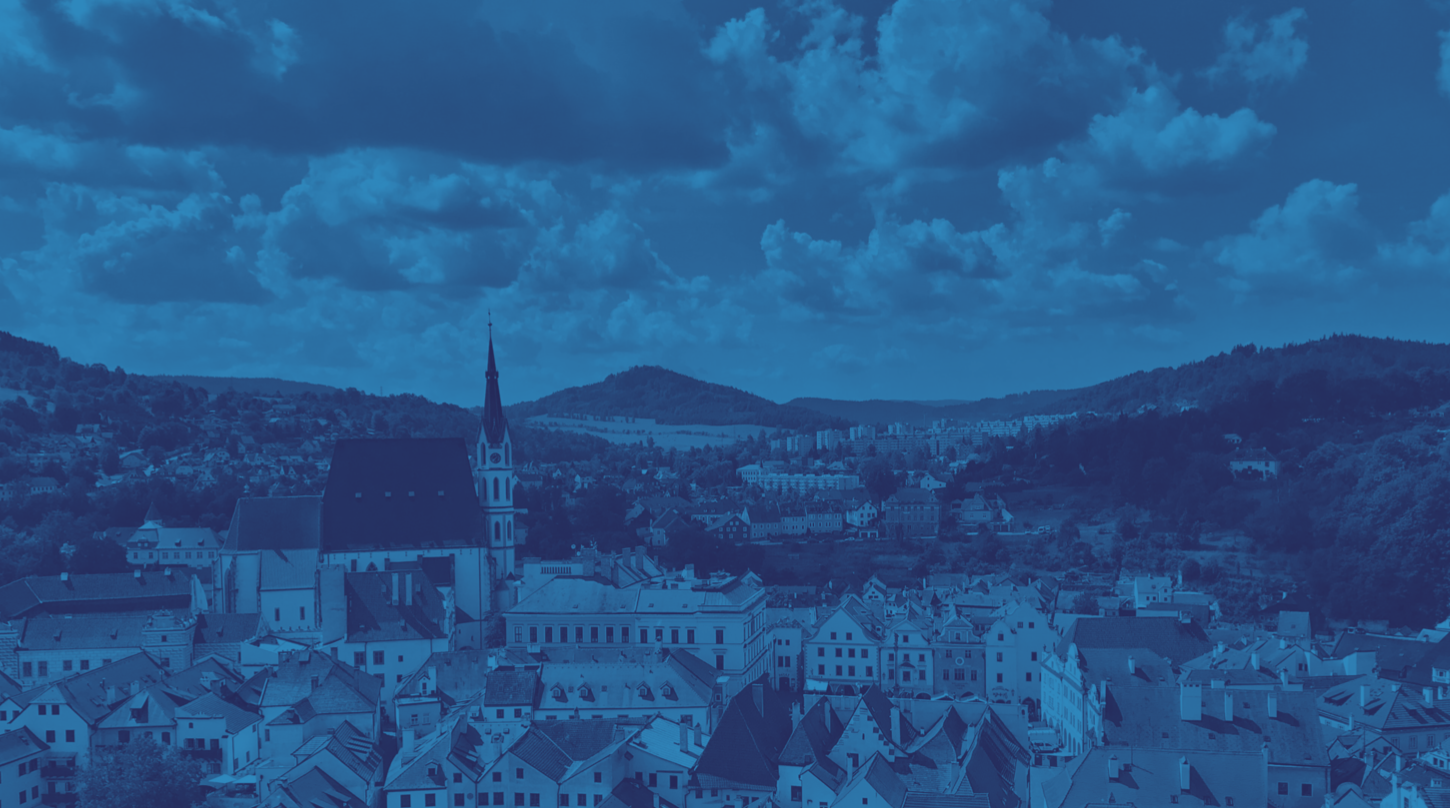
Written by Simon Eckert
After the fall of the iron curtain and the Berlin Wall, the European Union (EU) had its largest round of enlargement so far. In May 2004, the Czech Republic, Estonia, Hungary, Latvia, Lithuania, Poland, Slovakia, and Slovenia joined the EU alongside Malta and Cyprus, further eastern enlargements included Romania and Bulgaria in January 2007 and Croatia in July 2013 (Sedelmeier, 2014): 1-2). Interestingly, the enlargement was rather viewed skeptical in a huge majority of the old member states and this trend has further increased from 2004 onwards (ibid.: 4-5). The relations between Eastern and Western European Countries finally became even more troubled during the so-called Schengen-Crisis1 in 2015 ((Börzel and Risse, 2018): 92). Under the impression of these developments, authors like Sedelmeier pointed out that “there also seems to be an east-west divide in attitudes towards further enlargements: in all old Member States, except for Spain, a majority of the population opposes further enlargement, while in the post-communist Member States –except for the Czech Republic and Slovakia–the majority supports enlargement.” ((Sedelmeier, 2014):5). It is important to note that there are other examples of fields like migrations where a divide between eastern and western Europeans allegedly exists? But is there really a divide between eastern and western Europeans that should be viewed as different from the cleavages between different member states?
I: Different experiences
When thinking about the differences between the Central and East European Countries (CEEC) in the EU and the other member states, it is obvious that they do not share the exact same historical experience. In fact, their historical experience is that of being opponents in different geopolitical blocks during the cold war2. As Ivan Krastev and Stephen Holmes describe, this was mostly viewed as a state of affairs in stark contrast to the self-understanding of most citizens in the region and led to a narrative that the fall of 1989 led to “a ‘return to Europe’, and that meant a return to the region’s authentic self” (Krastev and Holmes, 2019):14). It seemed that liberal democratic capitalism had become the ultimate end of all political development since it was the system that had triumphed after all in its’ clash with communism during the cold war (cf. most prominently (Fukuyama, 1989)).
However, for the CEEC this meant that a period of transition to a new system was necessary, since all of their governments soon aimed to complete the “return to Europe” with the accession to the EU as “their foremost foreign policy goal” ((Vachudova, 2005): 63-64). This is a further difference in the experiences of CEEC and so-called old Member States of the EU. While the CEEC based their claims why they would be good candidates for accession by appealing to the constitutive values and norms of the EU, its past rhetoric towards the CEEC during the cold war and its’ past treatment of applicant states. ((Schimmelfennig, 2001):48). According to Schimmelfenning this did bring the accession because “European integration has been legitimated by the ideology of a pan-European community of liberal-democratic states” and therefore, opponents of Eastern enlargement were “rhetorically entrapped” (ibid.). Nevertheless, the material interests of the old member states made for tough regulations that the CEEC had to fulfil before gaining access to the EU and the privileges of membership. This set of policies is often termed as “conditionality” (cf. eg. (Schimmelfennig and Sedelmeier, 2004). This means that while the normative features of this debate can be described as two sides of the same coin, the same is hardly the case for the material consequences of the normative understanding of the EU. It is clearly the case that the old member states feared a possible decrease in their wealth while the new member states experienced a time of material hardship during their years as candidate states3.
II: A lack of recognition?
The possible drawbacks of the Imitation of the liberal Western European States that have resulted in a feeling of deficiency towards the older EU member states and “the liberal West” in general, have been explored most recently by Ivan Krastev and Stephen Holmes. In their 2019 book “The light that failed” they argue, that this mode of imitating the west has plotted the new member states against liberal norms and values because these norms were never truly their own but that they rather attempted to achieve them through a “copycat”- mode (Krastev and Holmes, 2019), Chapter 1 “The Copycat Mind”, for a shorter overview of their ideas see (Krastev and Holmes, 2018)).
However, the notion that the new member states might be somewhat deficient and not be truly members of the EU just as any of the older member states is not merely an imagination of outraged Eastern Europeans. For example, there are still quite frequently ideas like that of a “Core Europe” in which European Integration could proceed quicker without the new member states (For one of the earliest and still most influential examples see (Habermas and Derrida, 2003). While these ideas certainly reflect that the EU is undoubtedly already in a mode of “differentiated integration” resulting from different national policy preferences in various policy fields (cf. (Schmidt, 2019), their occurrence might be at least a strong hint that there was to some extent always a lack of recognition of the “Europeanness” of the CEEC even after they have been formally admitted to the EU. As Erik Ringmar has noted “To desire recognition is not to desire an object that provides utility, pleasure or profit, but instead to desire to be a subject of a certain kind” ((Ringmar, 2002):119). He has developed the idea that that “many games do not typically concern what we can win or lose, but instead who or what we can be. Perhaps we could call such games ‘recognition games’” (ibid.: 120). It seems that the accession process of the CEEC and more importantly their relations to the old member states can be viewed as a clear example of such a recognition game. Ivan Krastev has argued that “the refugee crisis has made it clear that eastern Europe views the very cosmopolitan values on which the European Union is based as a threat, while for many in the West it is precisely those cosmopolitan values that are at the core of the new European identity.”(Krastev, 2019):47). This means that there is also a lack of recognition about how the EU has changed since the days of the Cold War from many CEEC governments.
Conclusion: Lessons from earlier debates about “laggards”
What does this mean for the future of European Integration? And which lessons can be drawn for the current situation? It means that it is important that both sides of the coin will finally be recognised. This means that CEEC should promote the liberal values which are the foundations of the project of European Integration. It is just as important, however, that the older member states recognize the hardships that the citizens of these countries faced during the transition years and to some extent face currently, since it proves the willingness of an overwhelming majority of the citizens living in CEEC to be an equal part of the integration project. This is something which should in the future also be reflected in important positions within the European Institutions in which CEEC citizens are significantly underrepresented as of now (Drounau, 2021). Of course, it might also be a feasible way of recognizing the CEEC as European Countries equal to older member states by supporting local politicians embracing liberal democratic values, such as the Majors of the four Capitol Cities of the Visegrád-States who announced the “Pact of Free Cities” in the December of 2019 (Hopkins and Shotter, 2019, Deutsche Welle, 2019).
Another important lesson to be learnt is, that there is no mechanism through which time alone will lead to a process of convergence within the EU. This is best exemplified in this context by the debate about laggards and forerunners in the post-communist and post-socialist transition. The prime example of failed expectations being Hungary and Poland which were for many years after 1989 considered to be forerunners in a process of converging with the liberal EU mainstream. This has turned out to be a huge fallacy, as they are now two of the new member states in which key liberal values seem to be threatened the most (see (Dimitrov, 2019).
This means that the EU should develop policy instruments that create a feeling of recognition as Europeans in the CEEC and avoid a repeating of the socio-economic troubles of the transition in the 90ies in order to sustain and strengthen liberal values. A first step might be to teach about these experiences in schools and universities of western member states. Of course, the recognition of these experiences does not mean that illiberal modes of politics should be respected, but rather to contribute to an understanding of the differences between western and eastern Europeans to overcome them.
Footnotes
1 How contested the meaning of this crisis is can be seen at first glance at the simple fact that there exist at least three different terms which are frequently used to describe the events in the summer and fall of 2015: Firstly, the term most frequently used in the academic literature “Schengen Crisis” as in BÖRZEL, T. A. & RISSE, T. 2018. From the euro to the Schengen crises: European integration theories, politicization, and identity politics. Journal of European Public Policy, 25, 83-108., Secondly, the term migration crisis as e.g. in GOODMAN, S. W. & SCHIMMELFENNIG, F. 2020. Migration: a step too far for the contemporary global order? Ibid.27, 1103-1113. And thirdly the (much less used) term Crisis of the Common European Asylum System as in LAVENEX, S. 2018. ‘Failing Forward’towards which Europe? Organized hypocrisy in the common European asylum system. JCMS: Journal of Common Market Studies, 56, 1195-1212.
2 For a comprehensive overview see e.g. STÖVER, B. 2011. Der Kalte Krieg: 1947-1991; Geschichte eines radikalen Zeitalters, CH Beck., esp. Chapters 2-6.
3 This led to an intense discussion about the right economic policy to master the transition as well as possible, cf. exemplary for the proponents of a fast transition known as “shock therapy” : MURRELL, P. J. P.-S. A. 1993. What is shock therapy? What did it do in Poland and Russia? 9, 111-140. For the opposite approach the so-called evolutionary approach see e.g. BRADA, J. C. J. P.-S. A. 1993. The transformation from communism to capitalism: how far? how fast? 9, 87-110.

 Domestic abuse in England & Wales: a historical legal gap bridged by Section 76 of the Serious Crime Act 2015?
Domestic abuse in England & Wales: a historical legal gap bridged by Section 76 of the Serious Crime Act 2015?  Looking back at Burden and Burden v. the UK: Are siblings being legally overlooked?
Looking back at Burden and Burden v. the UK: Are siblings being legally overlooked?  The European Housing Crisis from the Human Rights Perspective
The European Housing Crisis from the Human Rights Perspective  Female Suicide Bombers As A Security Threat: Towards A More Comprehensive And Inclusive Approach
Female Suicide Bombers As A Security Threat: Towards A More Comprehensive And Inclusive Approach 


